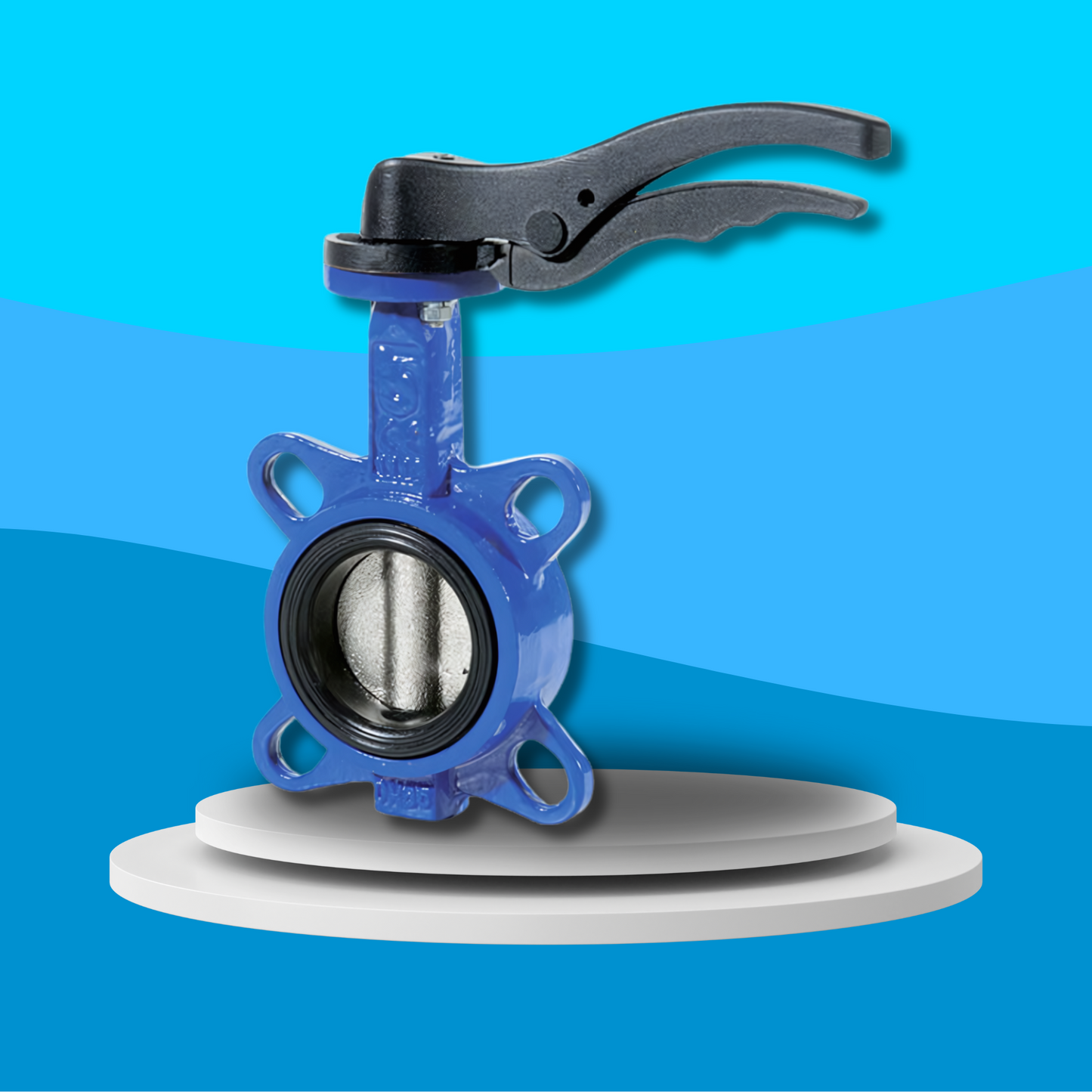Wras Valve
WRAS Approved Multi-flange Wafer Pattern Butterfly Valve - EPDM Liner
WRAS Approved Multi-flange Wafer Pattern Butterfly Valve - EPDM Liner
Couldn't load pickup availability
WRAS Certified
Introducing the WRAS Approved Multi-flange Wafer Pattern Butterfly Valve with EPDM Liner, engineered for outstanding performance and reliability in fluid control systems. These valves feature an epoxy-coated ductile iron body and a 316 stainless steel disc, ensuring durability and resistance to corrosion. The EPDM liner is suitable for a wide temperature range, making these valves ideal for various applications in residential, commercial, and industrial settings.
Key Features:
- WRAS Approved: Certified to meet stringent WRAS standards for water safety and quality.
- ISO 5211 Compatibility: Designed for direct mount, ensuring easy installation and integration.
- Robust Construction: Epoxy-coated ductile iron body with a 316 stainless steel disc for enhanced durability and corrosion resistance.
- Temperature Resilience: EPDM liner suitable for temperatures from -10°C to 120°C (up to 130°C peak).
- Versatile Operation: Locking lever operation for sizes 1” to 12” and gearbox operation for sizes 14” to 24” (extendable to all sizes).
- High Performance: Meets the 97/23/CE (PED) Directive CE 1115, ensuring high performance and adaptability.
- Multi-Flange Compatibility: Offers versatile flange compatibility for diverse applications.
Specifications:
- Material:
- Body: EN GJS 400-15 Ductile Iron
- Disc: CF8M Stainless Steel
- Stem: AISI 420 Stainless Steel
- Liner: EPDM
- Bushing: PTFE
- Washer: Galvanised Carbon Steel
- Circlip: Spring Steel
- O-ring: Viton
- Lever: 1” to 6” - Aluminium, 8” & 10” - EN GJS 400-15 Ductile Iron
- Bolts: Galvanised Carbon Steel
- Pressure Rating:
- PN16 for sizes 1” to 16”
- PN10 for sizes 18” to 24”
- Temperature Range: -10°C to 120°C (130°C Peak)
- Size Range: 1” to 24”
Share

FAQ's
What is the difference between a valve and an actuator?
What types of actuators are available?
The main types of actuators are:
Pneumatic actuators – use compressed air for fast, reliable operation.
Electric actuators – use electrical power for precise control.
Hydraulic actuators – use fluid pressure for high-torque applications.
Each type offers unique advantages depending on the environment, media, and system control needs.
How do I choose the right actuator for my valve?
To select the correct actuator, consider:
Valve type and torque requirement
Power source available (air, electric, or hydraulic)
Operating environment (temperature, humidity, hazardous area)
Control signal type (on/off or modulating)
Matching actuator torque and compatibility with the valve’s ISO mounting ensures reliable performance.
What are the main types of valves used in automation?
The most common valves in automated systems include:
Ball valves – for tight shutoff and quick operation.
Butterfly valves – for larger flow control with compact design.
Globe valves – for precise throttling and flow regulation.
Check valves – to prevent backflow.
Gate valves – for full bore flow isolation.
What’s the difference between a double-acting and spring-return actuator?
Double-acting actuators use air (or power) to both open and close the valve.
Spring-return actuators use air to open (or close) the valve, and a built-in spring to automatically return it to a safe position when power or air is lost — ideal for fail-safe operation.
How often should valves and actuators be serviced?
Regular maintenance intervals depend on operating conditions, but a good rule of thumb is to inspect every 6–12 months.
This includes checking for leaks, lubrication, seal wear, and actuator responsiveness to prevent unexpected downtime.

